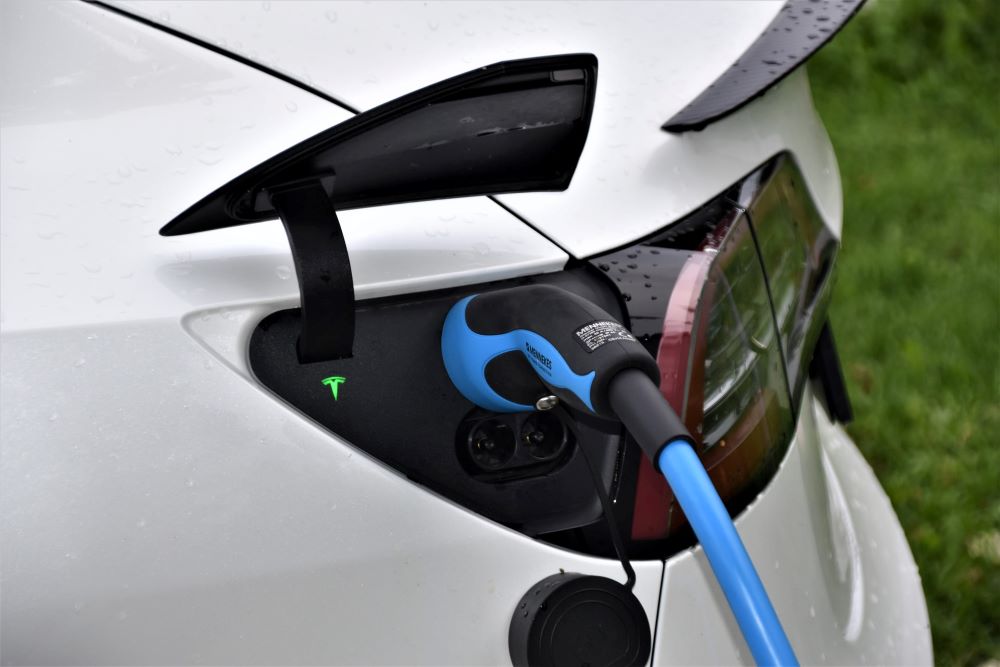
Rechargd.com is reader supported. We may collect a share of sales or other compensation from the links on this page. As an Amazon Associate, we earn from qualifying purchases.
If you are new to the idea of an electric car, I can see why you might have questions about charging. After all, it is not just about zipping off to the gas station to fill up.
A 220V/240V AC charger can charge a Tesla vehicle up in between eight and 12 hours. It is quicker than charging with a standard 120V outlet but nothing like as quick as Tesla’s Superchargers.
What Options Are There to Charge My Tesla?
There are a variety of options for charging your Tesla vehicle and at first glance, it can seem confusing. Tesla now has a network of over 35,000 superchargers around the globe; however, you may not have one close to you.
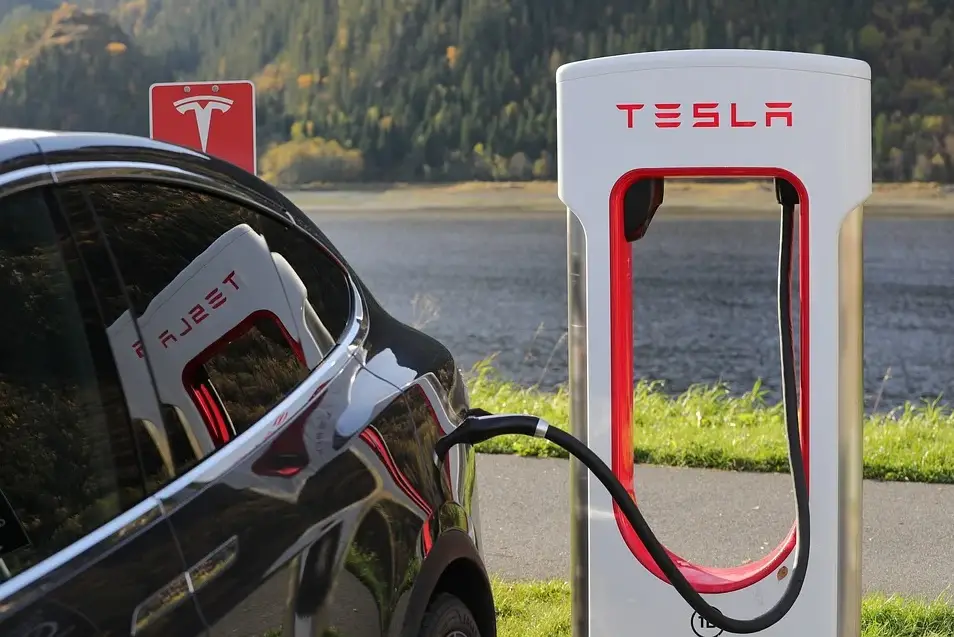
There are also Destination Charging locations, which are installed by businesses and land owners for public use. Destination Chargers charge the vehicle slower than Tesla’s Superchargers.
There is also the option to charge at home with different charging stations but this can often be a long process with a 120V outlet and would not necessarily be suitable for people needing to use the car every day. However, it is possible to charge Teslas with 240V outlets which offer a faster option.
How Long Does It Take to Charge a Tesla on 240V?
Level 2 AC chargers are commonly found in your home to charge large appliances like dryers or fridge/freezers, or garages. They do often need to be installed by a professional electrician but it is a fairly easy process.
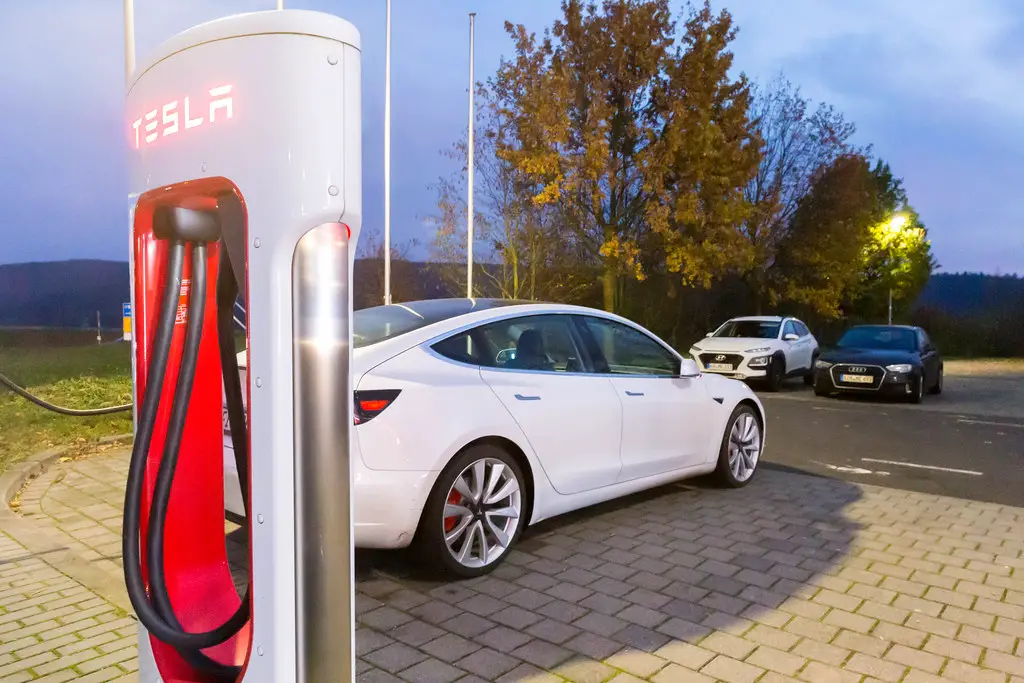
Level 2 AC chargers are the most common type of charge found in Destination Charging locations, although DC fast chargers are becoming increasingly common.
At home, Level 2 240V plugs offer approximately 40 amps but it is possible for them to go as high as 80. You can expect your Tesla vehicle to take between eight and 12 hours to reach fully charged.
What is the Difference Between 220V and 240V?
It can be confusing to hear about all the different Volts when it comes to charging. Sometimes you may hear about 220V and other times 240V. They are actually more or less the same and in terms of charging your vehicle are considered Level 2 charging systems. In fact, in North America 220V, 230v, and 240V, all refer to the same system voltage level.
However, although 240 Volt outlets share compatibility characteristics with 220 Volt outlets, that is not to say that this is the case for every country. It is advisable to attach appliances to plugs that match the outlets that are designed for them or to check with a professional if unsure.
How Can I Charge My Tesla at Home?
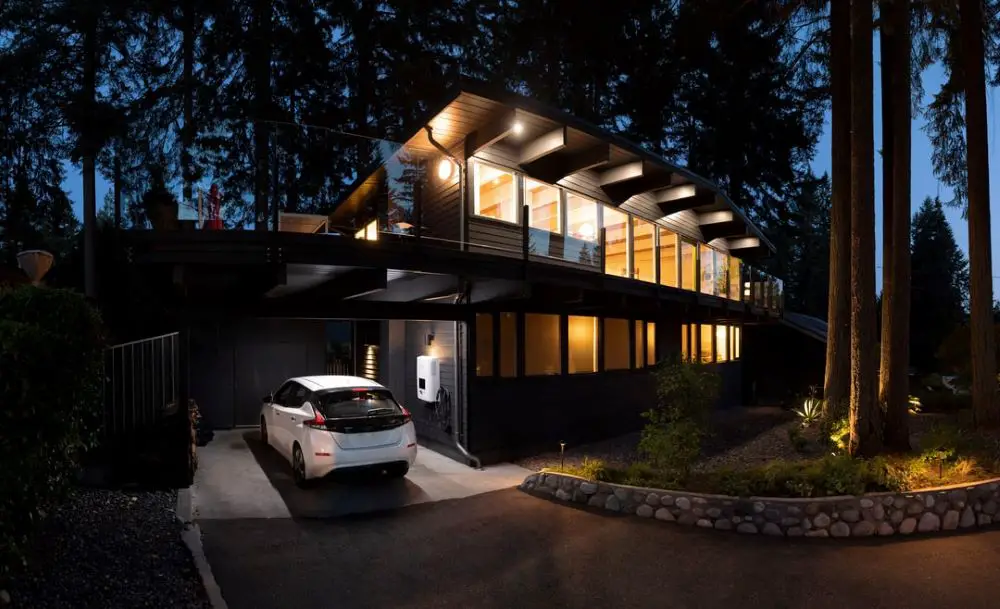
There are two main options for charging up your vehicle at home. With a Level 1 charging station that is plugged into a standard 120V outlet in your home or garage charging up the vehicle could take up to 3 days! While this might be sufficient for some people who do not regularly need to drive, the majority of people who drive to and from work every day would need a different solution.
The second option for home charging is a Level 2 charging station that puts out 240 volts. Level 2 systems offer significantly more power than a level 1 charger. Level 2 chargers have the ability to charge a Tesla 6 times faster than a Level 1 charger.
What Factors Affect How Quickly My Tesla Charges?
Charging times are going to vary depending on the battery capacity of the vehicle, for instance, the Standard range Model 3 has a battery capacity of 50kWh compared to the Model S and Xs which have 100kWh capacity.
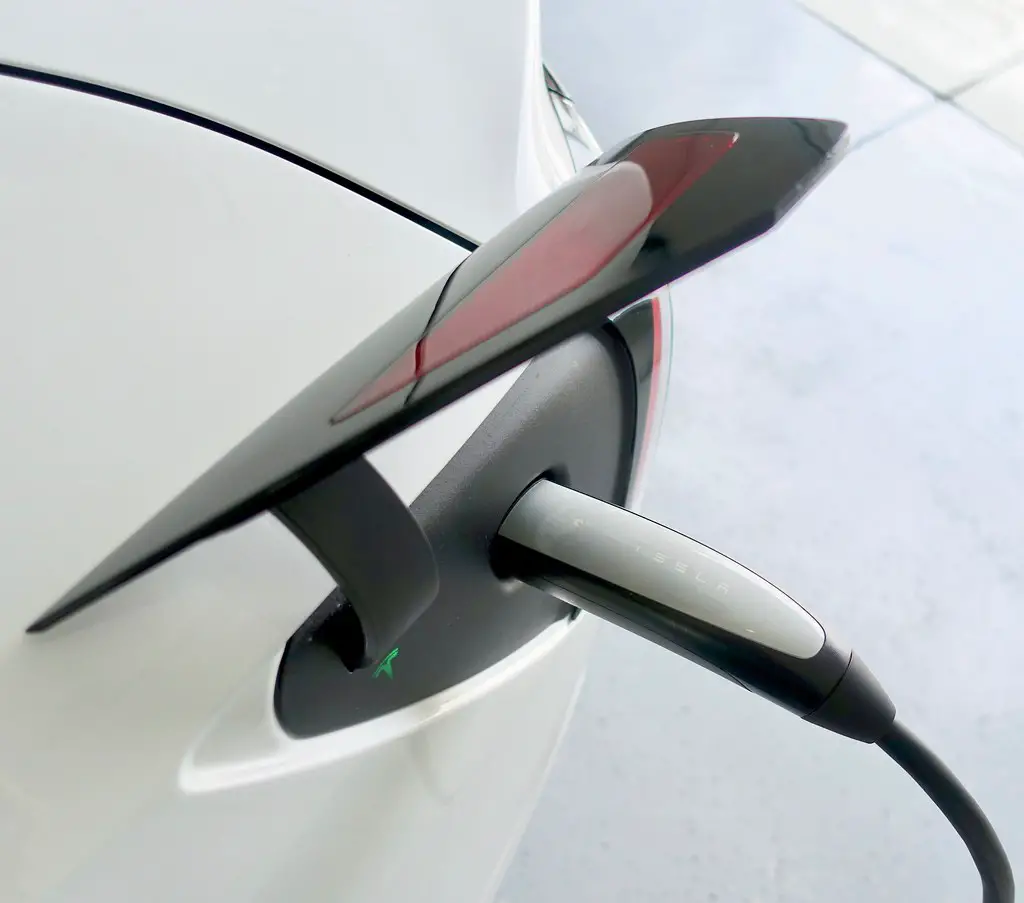
It is also going to depend on the type of charger. Tesla’s Superchargers are not called super for nothing, offering ultra-fast charging but depending on where you are charging you may have to wait to charge your vehicle. Destination chargers and charging from home will take longer, and depending on your vehicle will take between six and twelve hours.
Why Does My Tesla Charge Quicker at 20% and 80% Charge?
One of the most interesting parts of charging is that the battery does not take the same amount to charge from 40% to 80% as it does from 80% to 100%. The quickest charging time is from 20% to 80% of a full charge. So, on a 220V system, it will take approximately an hour to charge from 40% to 80% but then will take double that time to go from 80% to fully charge.
This is due to the way ions in the car battery react to the shifts in electrical charge. The more ions charged inside the battery, the more the car battery needs to work to locate and charge the remaining few, which reduces the charge rate as the battery comes up to full capacity.
How Do I Know When My Tesla is Fully Charged?
Tesla cars are equipped with system diagnostics to tell you about your battery’s charge. When the vehicle is charging, the charge port light (the Tesla “T” logo) will pulse green. The touchscreen will also display real-time charging status showing you how much charge it has and how much longer it will take to charge up.
The charge port light will pulse less frequency as the battery charge approaches full, and the light stops pulsing and remains solid green when fully charged. The exception to this is the Model 3, which when locked and charging does not have a pulsing charge port light.
Breakdown of charging methods and times to charge a Tesla from a low battery to fully charged:
| Charging method | Time to charge |
|---|---|
| Level 1 AC 120V (outlet at home) | 20-40 hours |
| Level 2 AC 240V (third-party destination chargers, Tesla home chargers) | 8-12 hours |
| Level 3 DCFC (Tesla Supercharger) | 15-25 minutes |
Can I Charge My Vehicle Every Day?
One of the areas of charging that does seem to attract opposing opinions is whether you can or should charge your vehicle every day. Some people believe that charging your vehicle every day will lead to the degradation of the battery.
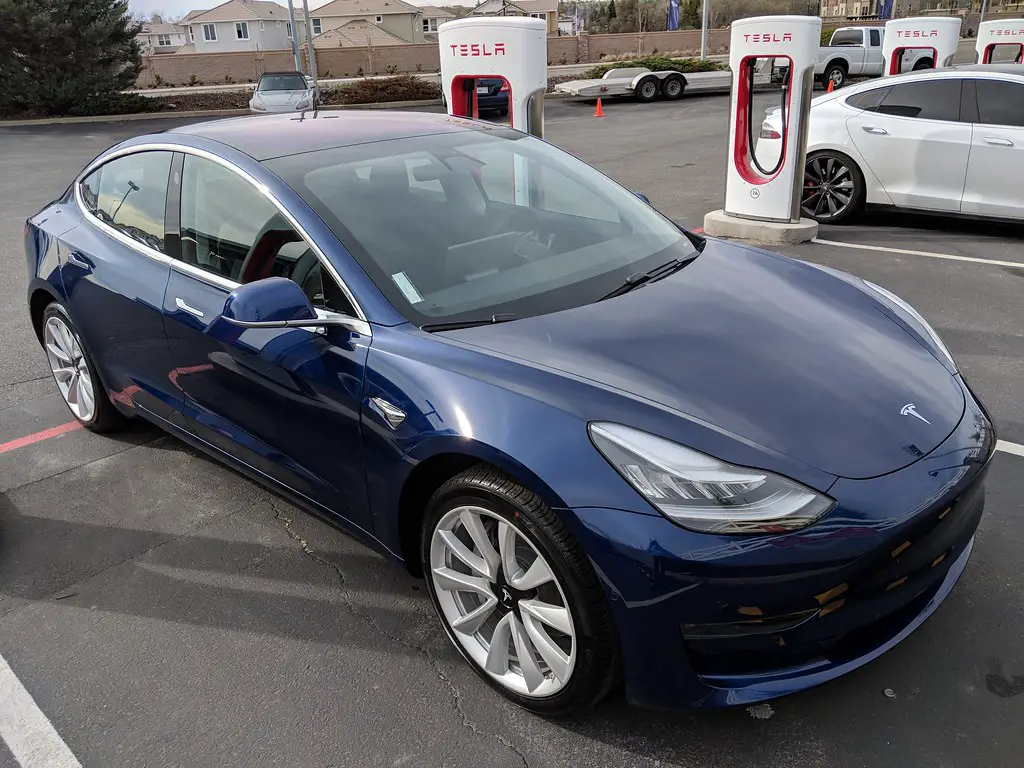
If we look at Tesla’s official stance as seen in the Model S owner manual, it says that the best way to preserve the battery is to leave the vehicle plugged in when you are not using it. In addition to this, it states there isn’t an advantage to waiting for the battery to get low before charging it. The instructions are very similar for the other models.
It can be difficult to wrap your head around the different charging methods if you are not familiar with electric vehicles. There are a variety of methods you can make use of but charging times are going to vary hugely.
If you are used to just a 5-minute pit stop to fill your ICE vehicle up with gas, it might take a little getting used to. However, whether you are planning on charging your vehicle at home or making use of Charging Stations elsewhere, there are plenty of options available to suit your needs.
